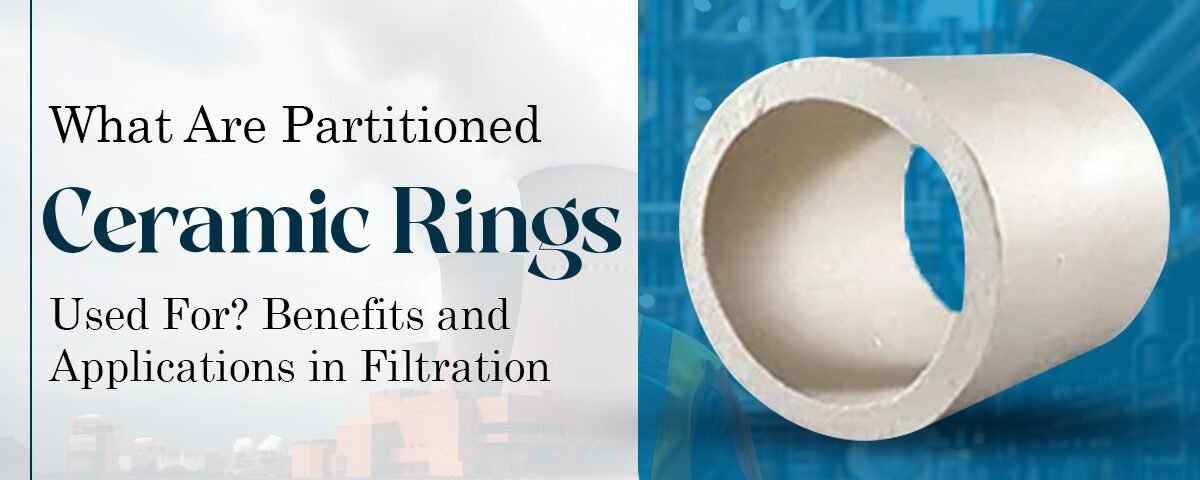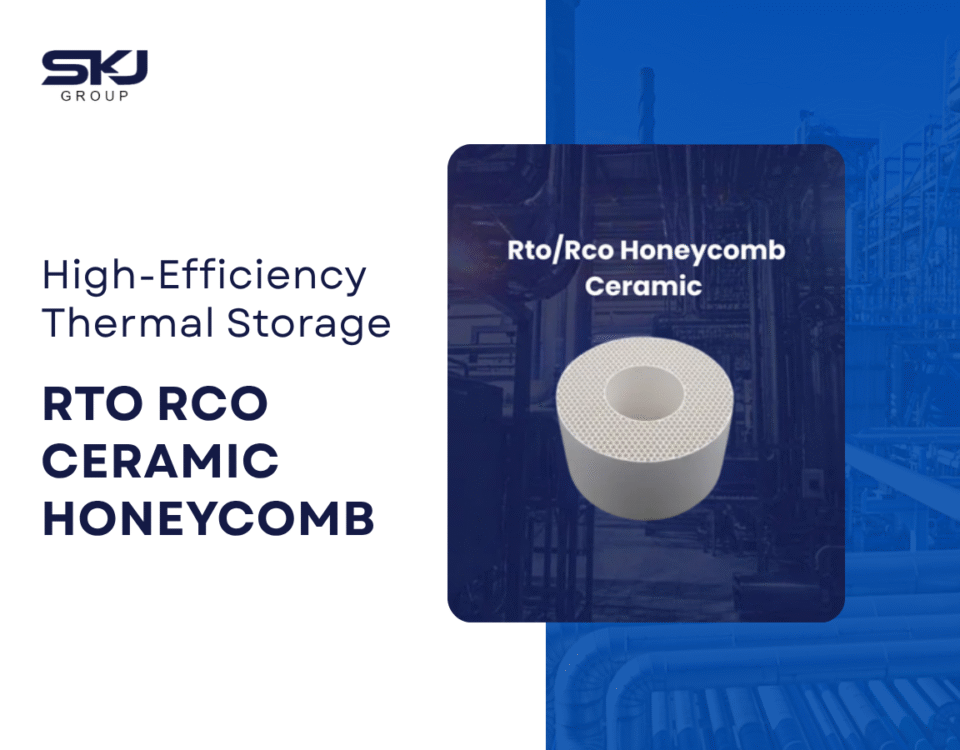What Are Partitioned Ceramic Rings Used For? Benefits and Applications in Filtration

The Power of Intalox Saddles in Mass Transfer Applications
November 7, 2024
What is a Ceramic Honeycomb Structure in Construction?
November 18, 2024Introduction:
Ceramic rings are a popular filtration medium in various industries, from aquariums to wastewater treatment plants. But what exactly are partitioned ceramic rings, and how do they improve the filtration process? If you’re looking to optimize water quality, enhance biological filtration, or simply understand the science behind ceramic ring technology, you’re in the right place.
In this article, you’ll learn about the specific benefits of partitioned ceramic rings, how they work, and the real-world applications where they make a difference. Whether you’re managing an aquarium, running an industrial filtration system, or just curious, this guide will help you make informed decisions.
What Are Partitioned Ceramic Rings?
Partitioned ceramic rings are specialized filtration media made from ceramic materials that have been designed with multiple internal chambers. These partitions increase the surface area within each ring, allowing for greater bacterial colonization, improved filtration, and enhanced water flow.
Unlike traditional solid ceramic rings, partitioned versions are engineered to optimize biological filtration, providing a stable environment for beneficial bacteria to thrive and break down harmful substances like ammonia and nitrites.
2. Mechanical Filtration:
In addition to biological filtration, partitioned ceramic rings also provide some mechanical filtration. As water passes through the rings, larger particles like debris and dirt are trapped within the spaces, helping to keep the water clear.
3. Improved Flow Rate:
Thanks to the design of partitioned ceramic rings, water can flow more freely through the filtration system, reducing the likelihood of clogging and ensuring optimal performance over time.
Real-World Applications of Partitioned Ceramic Rings
Partitioned ceramic rings are used across various industries where filtration is crucial. Here are a few notable applications:
1. Aquarium Filtration Systems:
In aquariums, partitioned ceramic rings are widely used for their ability to foster healthy bacterial colonies. They help maintain a stable environment by keeping ammonia and nitrite levels in check, which is crucial for the health of fish and other aquatic life.
2. Wastewater Treatment:
In municipal and industrial wastewater treatment, ceramic rings are used in biological filtration systems to treat wastewater before it’s released back into the environment. Their increased surface area supports more efficient breakdown of organic contaminants.
3. Pond Filtration:
For outdoor ponds, especially koi ponds, partitioned ceramic rings help maintain water clarity and quality by supporting beneficial bacteria that degrade organic waste, thereby reducing algae growth and preventing water pollution.
Benefits of Using Partitioned Ceramic Rings in Filtration Systems
Partitioned ceramic rings offer several key advantages over other types of filtration media:
- Enhanced Biological Filtration: The increased surface area supports more bacteria, leading to more effective breakdown of waste materials.
- Long-Lasting Performance: Ceramic rings are durable and resistant to wear, which means they can continue to function well for long periods without needing replacement.
- Prevents Clogging: The design of partitioned rings allows water to flow more freely, reducing the chance of clogging and ensuring consistent filtration.
- Low Maintenance: Once established, the beneficial bacteria colonies require minimal maintenance, reducing the need for frequent intervention.
FAQs About Partitioned Ceramic Rings
Q1: Can partitioned ceramic rings be used in freshwater and saltwater aquariums?
Yes, partitioned ceramic rings can be used in both freshwater and saltwater aquariums. They work well in both environments by promoting healthy bacterial colonies that help maintain water quality.
Q2: How often do ceramic rings need to be cleaned or replaced?
Ceramic rings generally require minimal cleaning. You should rinse them with aquarium or pond water (never tap water, as chlorine can harm beneficial bacteria) to remove excess debris. They don’t need to be replaced frequently unless they become physically damaged.
Q3: Are partitioned ceramic rings suitable for large-scale industrial filtration systems?
Absolutely. Partitioned ceramic rings are commonly used in industrial and municipal water treatment plants. Their design makes them ideal for large-scale applications, where efficient biological filtration and water flow are critical.
Conclusion
Partitioned ceramic rings are a versatile and effective solution for improving filtration in both small and large-scale systems. Whether you’re maintaining an aquarium, treating wastewater, or managing a pond, these rings help ensure a clean and healthy environment by supporting beneficial bacteria and improving water flow.
Now that you understand how partitioned ceramic rings work and their key benefits, consider how they could enhance your filtration system. If you have more questions or need advice on selecting the right filtration media for your setup, feel free to reach out to SKJ Group for expert guidance!




